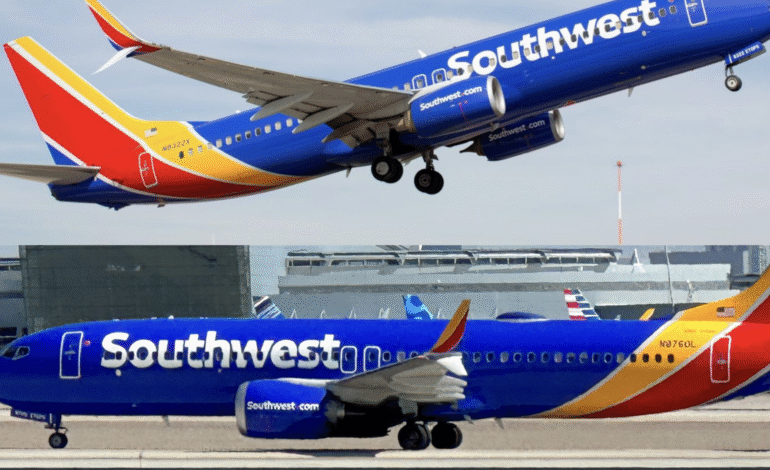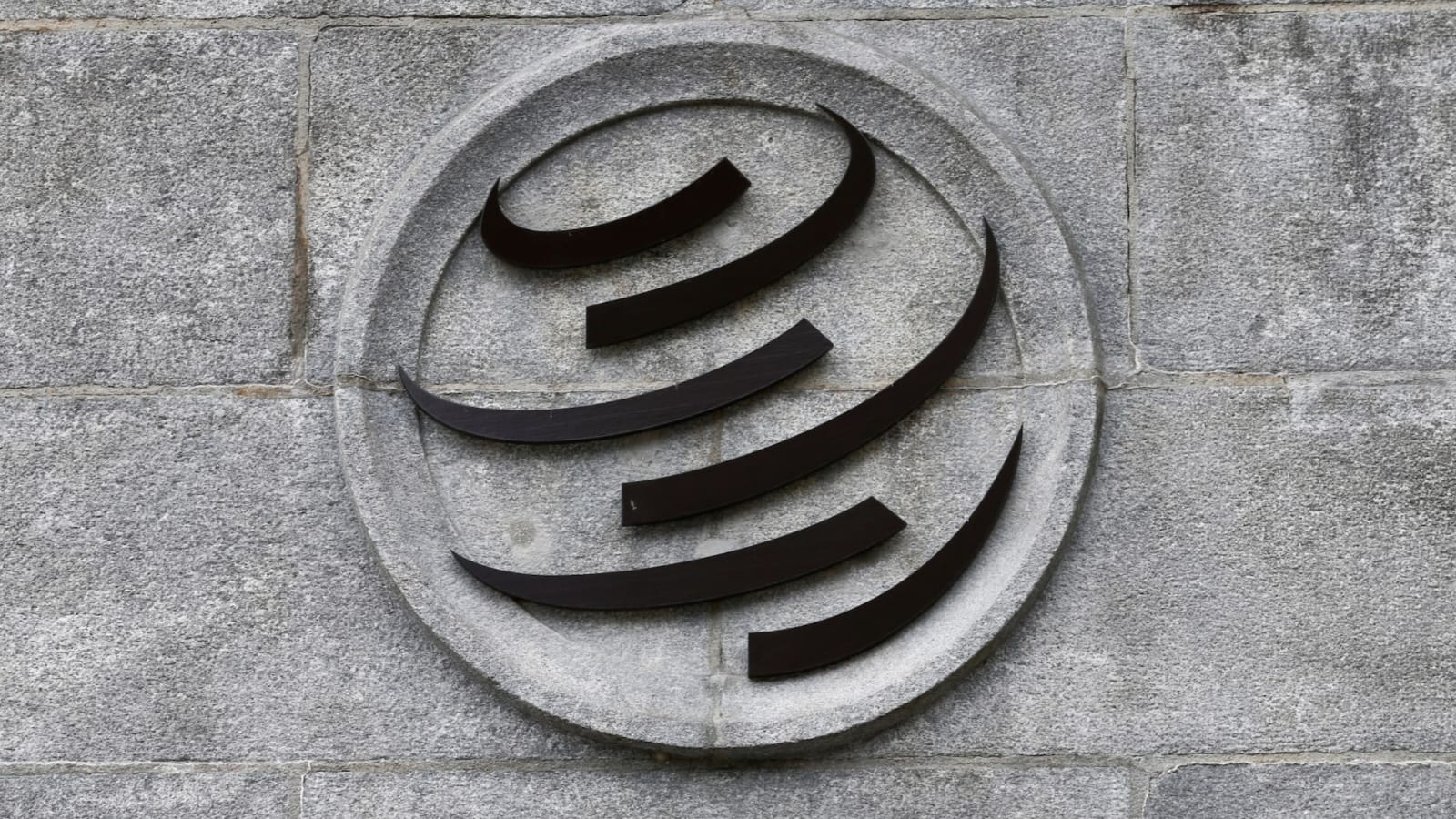Southwest Plans Baltimore–Reykjavik Flights by 2026

Southwest Airlines, the United States’ largest low-cost carrier, is reportedly preparing for a historic leap across the Atlantic. According to multiple credible sources, the airline is planning to launch its first-ever transatlantic service between Baltimore/Washington International Thurgood Marshall Airport (BWI) and Reykjavik-Keflavík Airport (KEF) in Iceland. If plans proceed on schedule, flights are expected to go on sale by late 2025, with operations set to begin in spring 2026.
This move would mark a significant shift for Southwest Airlines, a carrier long known for its domestic-only operations. The development comes on the heels of the airline’s application under the U.S. Open Skies agreement, signaling its intention to explore new international markets—including more than 130 countries permitted under the treaty.
A Strategic Turn Toward International Growth
Southwest’s international expansion comes at a critical time for the airline industry. Most of Southwest’s competitors, including Delta, United, and JetBlue, have already established transatlantic operations. The decision to target Reykjavik aligns with Southwest’s recent interline agreement with Icelandair, announced earlier in 2024. This partnership allows passengers to book connecting itineraries that begin with a Southwest flight to BWI and continue on Icelandair to more than 35 destinations across Europe.
While Icelandair already operates flights between KEF and BWI, Southwest’s proposed direct flights would give travelers another option, likely focusing on affordability and schedule flexibility. Reports suggest that the initial Reykjavik route could be more of a strategic compliance with pilot union requirements—specifically the need to operate international flights on their own aircraft—than a purely profit-driven move.
Why Reykjavik Makes Strategic Sense
There are multiple factors that make Reykjavik a practical and low-risk choice for Southwest’s first transatlantic service:
Aircraft Range Compatibility: Southwest operates an all-Boeing 737 fleet. The 737 MAX 8 has a maximum range of approximately 3,550 nautical miles, which makes the 2,700-mile trip from BWI to Reykjavik feasible without refueling or modifications.
Strong East Coast Hub: BWI is Southwest’s largest East Coast base and offers strong infrastructure and connectivity. This location provides a logical launch point for international service and serves a wide passenger base from the Mid-Atlantic region.
Seamless European Access via Icelandair: With Reykjavik serving as Icelandair’s main hub, the KEF airport offers a robust gateway to European capitals such as London, Paris, Amsterdam, and Frankfurt—making onward travel from Iceland a convenient option.
Pilot Contracts and Codeshare Conditions
One key aspect of this international expansion involves Southwest’s pilot union agreements. The agreement reportedly stipulates that any international route, even one booked as a codeshare, must also be operated using Southwest aircraft. This clause helps protect pilot jobs and maintain flight hours within the airline.
As a result, the Reykjavik route may serve both as a symbolic opening of international markets and a contractual necessity. Without flying its “own metal” on at least some transatlantic routes, Southwest might not be able to meet internal requirements or expand its international codeshare offerings with carriers like Icelandair.
Limitations Posed by Southwest’s Fleet
Despite the 737 MAX 8’s ability to reach Reykjavik, Southwest’s current fleet still presents challenges for wider transatlantic or long-haul international service. The airline lacks wide-body aircraft, lie-flat seating, and premium cabin features—amenities that many travelers expect on international routes.
This limits Southwest’s ability to compete with legacy airlines and international low-cost competitors like JetBlue or Norse Atlantic Airways, which offer more comfortable long-haul experiences. If the Reykjavik route succeeds, pressure may mount for Southwest to consider fleet diversification, including aircraft such as the Airbus A321XLR or Boeing 787, to support broader international ambitions.
Customer Base and Market Compatibility
Southwest’s core customer demographic—primarily middle-class American families, small business travelers, and domestic leisure passengers—may not be well-suited to international travel via Iceland. A Kansas City or Nashville customer seeking a vacation in Paris may find a one-stop connection on Delta or United more convenient than flying to Baltimore, connecting in Reykjavik, and continuing on Icelandair.
In addition, Southwest’s historically strong brand identity—centered on perks like two free checked bags, no change fees, and open seating—is evolving. The airline has begun testing changes to boarding procedures and cabin configurations, including more restrictive fares and seat assignments, potentially weakening some of its brand appeal.
A transatlantic offering could add complexity and confusion for its loyal base if not rolled out with a clear customer experience strategy. The success of the Reykjavik route may hinge on how Southwest communicates and executes the international travel process, including customs, baggage transfers, and connecting flights.
International Opportunities Elsewhere?
While Reykjavik is geographically viable for a transatlantic test route, aviation analysts have suggested that South and Central America, as well as the Caribbean, may offer more lucrative short-haul international opportunities for Southwest. Cities like Lima, Cartagena, and Panama City are within reach of the 737 MAX and have proven demand from U.S. travelers.
These routes also align more naturally with Southwest’s low-cost, point-to-point model, and may not require significant service upgrades or complex partnerships. Additionally, Southwest already operates seasonal service to destinations like Cancun, Montego Bay, and Aruba, where demand is robust and the customer base is more aligned with the airline’s existing strengths.
Still, the Reykjavik route could act as a stepping stone, providing valuable operational experience and helping Southwest test international waters without overcommitting resources.
Competitive Landscape and Market Entry
Southwest will not be alone on the BWI–KEF route. In recent years, airlines such as PLAY Airlines and Icelandair have operated seasonal flights between Reykjavik and the U.S. East Coast. These carriers already have a foothold in the market and offer connections into Europe.
However, Southwest’s arrival may increase competition, potentially leading to lower fares and more options for travelers. Its pricing model, combined with Icelandair’s interline network, could attract budget-conscious passengers who don’t mind a two-stop itinerary to reach Europe.
Yet, without inflight amenities like seatback entertainment or Wi-Fi on all international legs, Southwest may struggle to win over higher-yield customers accustomed to full-service carriers.
What to Expect Next
While the airline has not officially confirmed a start date or aircraft configuration, indications suggest the following timeline:
Late 2025: Southwest is expected to begin selling tickets for BWI–KEF flights.
Spring 2026: Direct service to Reykjavik is likely to begin, assuming regulatory and operational approvals.
Future Expansion: Based on the success of the Iceland route, the airline may explore further Open Skies routes, fleet enhancements, or even deeper partnerships.
Customer reception, load factors, and feedback will help determine if this is the beginning of a serious international strategy—or a one-off compliance move.
Final Thoughts: A Step into Global Aviation
Southwest Airlines’ proposed launch of flights from Baltimore to Reykjavik represents more than just a new route. It is a statement of intent, a test of capability, and a hint of how one of America’s most iconic low-cost carriers could adapt to an increasingly globalized travel landscape.
While risks remain—ranging from aircraft limitations and customer misalignment to stronger competition—the Reykjavik route may give Southwest the insight it needs to evolve for the future. Whether this move becomes a sustained international push or remains a modest experiment, it undoubtedly marks a historic moment in the airline’s timeline.
If executed with precision, clarity, and customer-centered upgrades, Southwest could successfully bridge the Atlantic—on its own terms.







